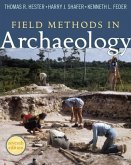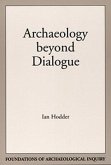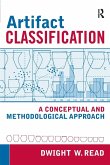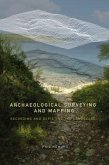Wet sites matter, and every Northwest Coast archaeologist may encounter them"¬¬"even when working inland, away from the coast. Those who investigate these places can uncover artifacts, structures, and environmental remains that are missing from the usual reconstructions of past lifeways. Currently, wet-site archaeology is not widely taught at North American universities. Waterlogged helps bridge that gap. Seventeen experienced archaeologists who work on the Northwest Coast discuss their original research in regional and global perspectives, share highlights of their findings, provide direction and guidance on how to locate wet sites, and outline procedures for recovering and caring for perishable waterlogged artifacts. The volume offers practical information about logistics, equipment, and supplies, including a list of items for a wet-site field kit. Waterlogged presents previously unpublished original research spanning the past ten thousand years of human presence on the Northwest Coast. Examples include the first fish trap features in the region to be identified as longshore weirs, a complete 750-year-old basket cradle from the lower Fraser Valley, wooden self-armed fishhooks from the Salish Sea, and a paleoethnobotanical study at the 10,500-year-old Kilgii Gwaay wet site on Haida Gwaii. In addition, contributors discuss insider-vs.-outsider perceptions of wetlands in Cowichan traditional territory on Vancouver Island, a habitation site in a disappearing wetland in the Fraser Valley, a collaborative community"¬¬"academic project on the Babine River in the Fraser Plateau, and Early and Middle Holocene waterlogged materials from British Columbia's central coast.








